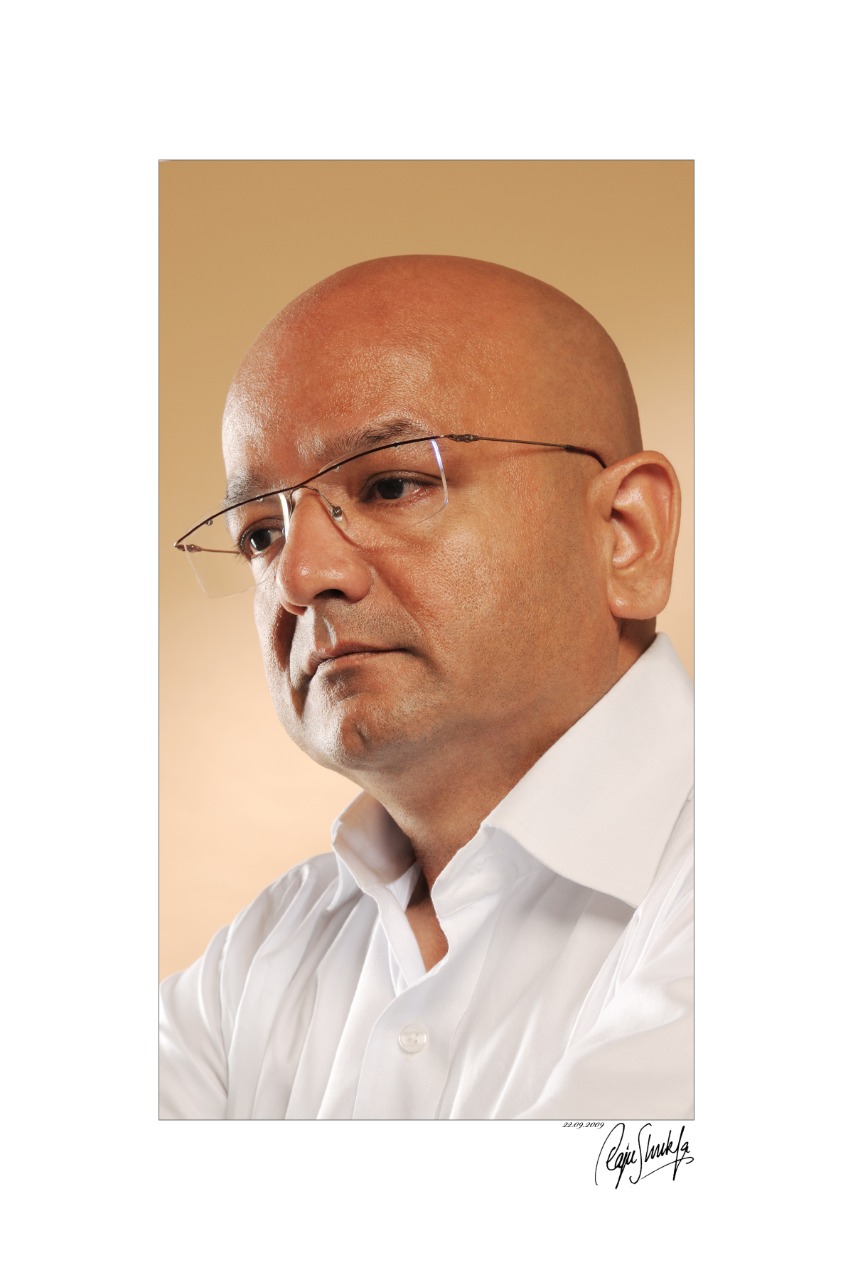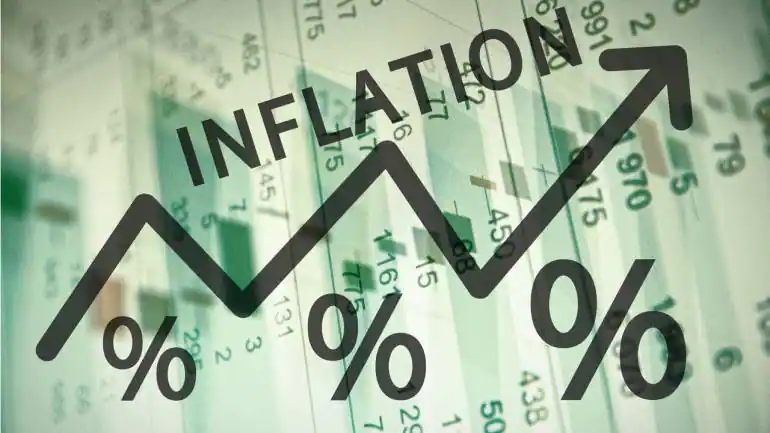The unrelenting, steadily rising prices of transport fuel in India – in some states, as much as Rs 15 over the past month – have resulted in unprecedented inflation in the country, pushing the price of daily commodities to sky-high levels. The cost inflation index for the financial year 2021-22 was 317.
In February 2022, India’s annual inflation rate increased for the fifth month in a row to 6.07 percent, the highest since June 2021 and higher than market expectations of 5.93 percent. Food inflation rose to 5.85 percent, the highest level since November 2020, with the most significant increases in the cost of oils and fats (16.44 percent), meat and fish (7.45 percent), and vegetables (6.13 percent). Other factors driving up prices included fuel and light (8.37%), miscellaneous (6.52%), clothing and footwear (8.86%), housing (3.57%), and pan and tobacco (3.57%). (2.39 per cent). Inflation remained above the Reserve Bank of India’s (RBI) target of 2% -6 percent for two consecutive months.
VOI spoke to a few restaurants owners in Ahmedabad, who said they were finding it difficult to resurrect profits following the extended lockdowns due to the COVID-19 pandemic. Prices of daily commodities like lemon, milk, butter, paneer, and vegetables are on the rise (lemons have suddenly shot up to Rs 400 per kg). Onions stand at Rs 1,500/quintal and can shoot up to 2,625/quintal.

Dilip Thakkar, owner, Gopi Restaurant reasons that most restaurant owners cannot change up prices on the menu, given that these price rises are “temporary”. Instead, restaurant owners have to bear losses. “We cannot change the prices every time there is a price hike. All we can do is try and make up for the loss we have faced in the remaining months,” he said, “Establishments in the organised sector will not change the prices or the quantity of food, but things will change in the unorganised sector. for eg: Onions are a must in Indian cuisine and salads that are served on the side if someone owns a restaurant he won’t change the quantity in salads but if a street vendor is in a similar situation he will find a substitute immediately because he won’t be able to incur that amount. If it is a daily need like milk, people are going to buy it anyway, it is summer season and cows produce less milk in this season and so a price rise is expected and if the price of milk rises in accordance with that prices of milk products will also rise, but this too is temporary.”

“These changes can be handled by taking some measures, like minimal usage of certain commodities and a stop in wastage. We are trying to cater to as many customers as we can and are also negotiating with food deliveries in order to increase our reach. This is a temporary change and all we have to do is to let the time pass and wait for things to get normal, we have raised the prices of the items we serve once after the pandemic and are planning to do that once again,” said Abhishek Gupta, director of Honest International Foods Pvt. Ltd.

Dishant Pullar, owner of Balan Dosa, looks at inflation as “a circle”. “Not just food products, but prices of every possible thing are rising. We can’t hike prices for a temporary change. I will have to sell my dosas at Rs 400 to 500, which I cannot. Last year it was coriander and palak; it is lemons this time. It all depends on the stock of these things. If the harvest is in bulk the prices remain at equilibrium, but if it is less, then price rises are a given. This can be called seasonal inflation and not a permanent one. But if we go back 10 years we also notice that whenever the country faces inflation the spending capacity of the people is also rising, for eg: despite the rise in inflation, prices of cars, petrol and diesel people are buying cars in fact the graph is touching skies this year in a matter of sales.”

Rajmohan Modi from Rasna Restaurant and MD of Ramodi Foods Pvt Ltd. “The business is facing a lot of competition and we are trying our best in order to put up with the trend. It is not just in the organised but also between the unorganised and organised food sector. The prices are rising and we as a restaurant can not change the prices of the items we serve because of two main reasons; firstly because the rise is temporary and secondly it takes a lot many things to change the prices and the menu. As a restaurant, we are supposed to use certified products only and in order to gain profit or at least reach the breakeven point, we have to raise the bar.











